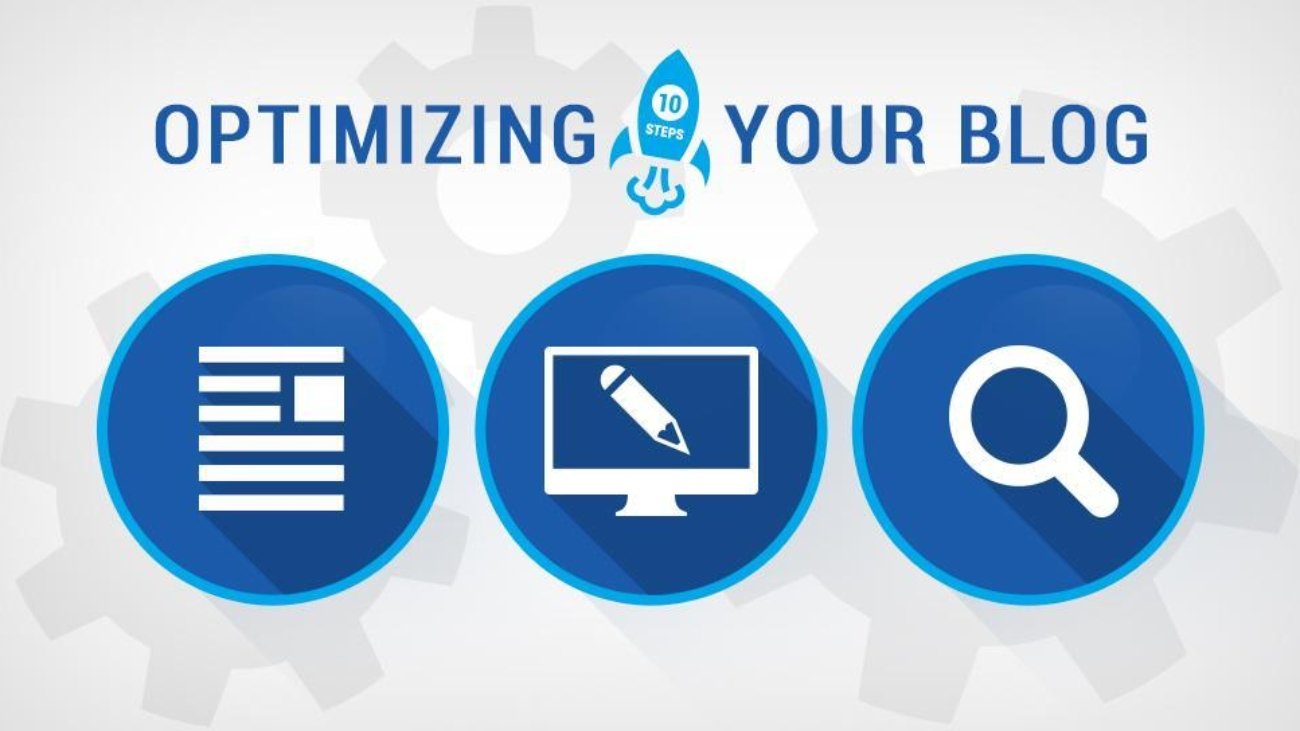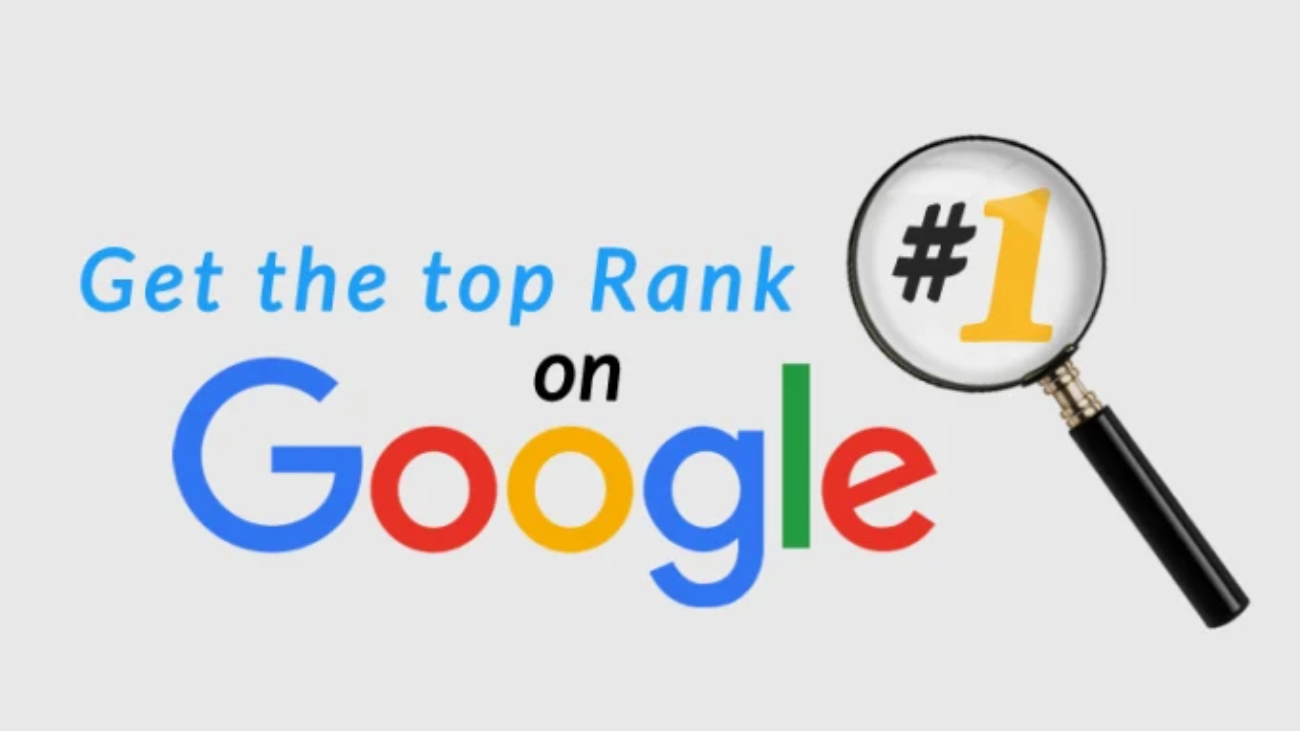Introduction
In the fast-moving world of SEO and content strategy, new content tends to get all the glory. But here’s a hidden gem: your old blog posts may be your strongest assets. Instead of endlessly creating new content, optimizing older posts for new rankings is often faster, cheaper, and more effective.
In this in-depth guide, we’ll cover:
-
Why optimizing old content is crucial in 2025
-
Step-by-step methods for improving existing posts
-
SEO tools and metrics to track
-
Common mistakes to avoid
-
Case studies of successful optimization
-
Bonus tips for evergreen growth
Let’s dive in.
Why Optimizing Old Posts Is a 2025 SEO Power Move
Search engines are smarter than ever. They constantly re-evaluate older content to ensure that what ranks is timely, relevant, and user-satisfying. If your content is outdated or underperforming, it could be:
-
Losing valuable traffic
-
Getting pushed down by fresher competitors
-
Hurting your overall domain authority
Instead of abandoning your content, revive it.
Here’s why this strategy is so powerful:
You Already Have Authority
Your existing post likely already has:
-
Indexed URLs
-
Backlinks
-
User engagement history
That gives it a head start compared to a brand-new article.
Easier Wins Than New Content
Updating old content typically requires less time and fewer resources than creating something from scratch.
Google Rewards Freshness
Especially for YMYL (Your Money, Your Life) topics like health, finance, or tech Google prioritizes up-to-date content.
Step-by-Step: How to Optimize Old Posts for New Rankings
Step 1: Identify Which Posts to Refresh
Use tools like:
-
Google Search Console → Look for declining impressions or rankings
-
Ahrefs / SEMrush → Find keywords where you’re ranking between #5–20
-
Google Analytics → Identify older content with declining traffic
Prioritize content that:
-
Targets evergreen or trending keywords
-
Has a history of ranking but is slipping
-
Earned quality backlinks in the past
Step 2: Conduct a SERP Audit
Search your target keyword on Google. Analyze:
-
What’s ranking in the top 5 now?
-
Is the content longer, more visual, or better formatted than yours?
-
Are there People Also Ask questions or featured snippets you could win?
Use this data to reverse-engineer what Google prefers today.
Step 3: Update the Content Itself
Here are optimization tactics that work in 2025:
🔹 Refresh the Introduction
Make it timely and compelling. Add the current year, updated facts, or new research.
🔹 Add Recent Stats & Examples
Outdated examples kill credibility. Replace 2020 stats with 2024/2025 data.
🔹 Improve Readability
Break up long paragraphs. Use more:
-
Bullet points
-
Tables
-
Images and infographics
-
Interactive content (polls, sliders)
🔹 Expand Thin Content
Aim for comprehensive coverage of the topic. Ideally 1,500–2,500 words depending on intent.
🔹 Insert LSI & Semantic Keywords
Use tools like Clear scope or Surfer SEO to enrich the language with related terms.
🔹 Add FAQs for Snippet Wins
Answer common questions in concise formats. This is a great way to rank in “People Also Ask.”
Step 4: Improve On-Page SEO Elements
🔸 Title Tag
Include your keyword, make it compelling, and consider adding the current year.
Example:
Old – “Best SEO Tips”
New – “Top 25 SEO Tips for Better Rankings in 2025”
🔸 Meta Description
Make it click-worthy and descriptive, with updated value propositions.
🔸 Header Tags (H2, H3)
Structure matters. Use headers to guide skimmers and Google’s crawler.
🔸 Image Alt Text & File Names
Replace outdated images and ensure alt text includes relevant keywords.
🔸 Internal Linking
Link to newer related posts. Also update incoming links from your new articles.
Step 5: Improve Technical SEO
-
Fix broken links
-
Compress and optimize images for speed
-
Ensure mobile responsiveness
-
Add schema markup (especially for reviews, FAQs, how-tos)
Use tools like:
-
Screaming Frog
-
PageSpeed Insights
-
Schema.org Validator
Step 6: Promote the Updated Content
Just updating isn’t enough. Promote it like new:
-
Reshare across social platforms
-
Send to your email list
-
Reach out to sites who linked to similar topics
-
Submit to community forums like Reddit or Quora
You can even change the publish date on WordPress to signal freshness.
Common Mistakes to Avoid
- Overstuffing keywords – Focus on natural language, not density.
- Changing URLs without redirects – Always set 301 redirects if the slug changes.
- Not tracking performance – Always benchmark pre-update vs. post-update.
- Forgetting mobile UX – Old posts may not be mobile-optimized; fix it now.
- Ignoring conversion opportunities – Add CTAs, lead magnets, or affiliate links.
SEO Tools for Content Optimization
Here are the top tools to help:
| Tool | Purpose |
|---|---|
| Google Search Console | Performance tracking |
| Ahrefs | Keyword & backlink data |
| Surfer SEO | Content scoring & optimization |
| Grammarly | Writing clarity |
| Canva | Easy graphic updates |
| PageSpeed Insights | Technical performance |
Real Case Study: Traffic Boost from Content Refresh
Site: TechStartupX.com
Post: “AI Marketing Tools to Watch”
Old Traffic: 250/month
Action Taken:
-
Updated tool list
-
Added 2025 stats
-
Improved CTA and internal links
-
Re-shared on LinkedIn
Result:
Traffic grew to 2,300/month within 6 weeks a 9x boost from one post!
Bonus Tips for Scaling Old Content Optimization
-
Create a Content Update Tracker in Notion or Google Sheets
-
Set a recurring quarterly audit for your top 50 blog posts
-
Use Chat GPT to brainstorm new sections, FAQs, or summaries
-
Add audio summaries or videos for extra engagement
Final Thoughts
In 2025, content optimization isn’t just about publishing more it’s about working smarter with what you already have. Updating and optimizing old posts is a high-ROI tactic that improves your site’s authority, relevance, and overall rankings.
Think of your blog as a digital garden: some of the best blooms come not from planting new seeds but from pruning and nurturing what’s already there.
How Often Should You Refresh Old Content?
There’s no one-size-fits-all rule, but every 6 to 12 months is ideal for reviewing high-performing blog content. Posts that cover fast-evolving topics (like SEO trends, digital marketing tools, or health advice) may need updates every quarter to stay competitive.
To prioritize efficiently:
-
High-traffic posts = update every 3–6 months
-
Mid-performing posts = update every 6–9 months
-
Low-traffic posts with potential = update every 12 months
Keep in mind that Google crawls popular content more often. A refreshed, high-traffic blog can show ranking changes within days or weeks.
The Role of User Intent in Content Updates
Google doesn’t just rank pages by keyword usage—it ranks them based on how well they match user intent. When updating your old blog posts:
-
Reassess search intent:
Is the intent informational, navigational, or transactional? You might need to reposition your content accordingly. -
Adjust your CTA and layout:
If a user searches “best tools for SEO beginners,” your old article listing 50 tools may overwhelm them. Create sub-headers like “Top 5 Tools for Beginners” or include a comparison chart to help them decide.
Aligning the post with updated intent can help reclaim lost SERP real estate.
Should You Republish or Leave the Original Date?
This is a common SEO question. Here’s what works in 2025:
Update the content and change the published date on your CMS if:
-
You’ve made significant content revisions
-
You’re targeting new or trending keywords
-
You want the post to reappear in RSS feeds or blog listings
Keep the original publish date if:
-
The changes are minor (like fixing typos or formatting)
-
The original timestamp is relevant to the post’s value (e.g., “Trends in 2023”)
Pro Tip: Add an “Updated on [Date]” note at the top or bottom to retain transparency with readers.
Don’t Forget E-E-A-T
In 2025, Google’s E-E-A-T signals (Experience, Expertise, Authoritativeness, Trustworthiness) are critical.
To strengthen E-E-A-T when refreshing posts:
-
Add an author bio with credentials
-
Cite trustworthy sources and link to authority sites
-
Include original insights or experiences
-
Add real examples, data, or quotes from experts
-
Use HTTPS, proper grammar, and a clean site structure
Closing Thoughts
Optimizing old blog content is no longer an SEO hack it’s a mainstream strategy embraced by smart marketers, content managers, and SEO professionals. If you’re serious about scaling organic traffic in 2025, make content refreshes part of your quarterly SEO rituals.
Your existing posts hold untapped potential. With the right updates, they can rise again stronger, more visible, and more profitable.

